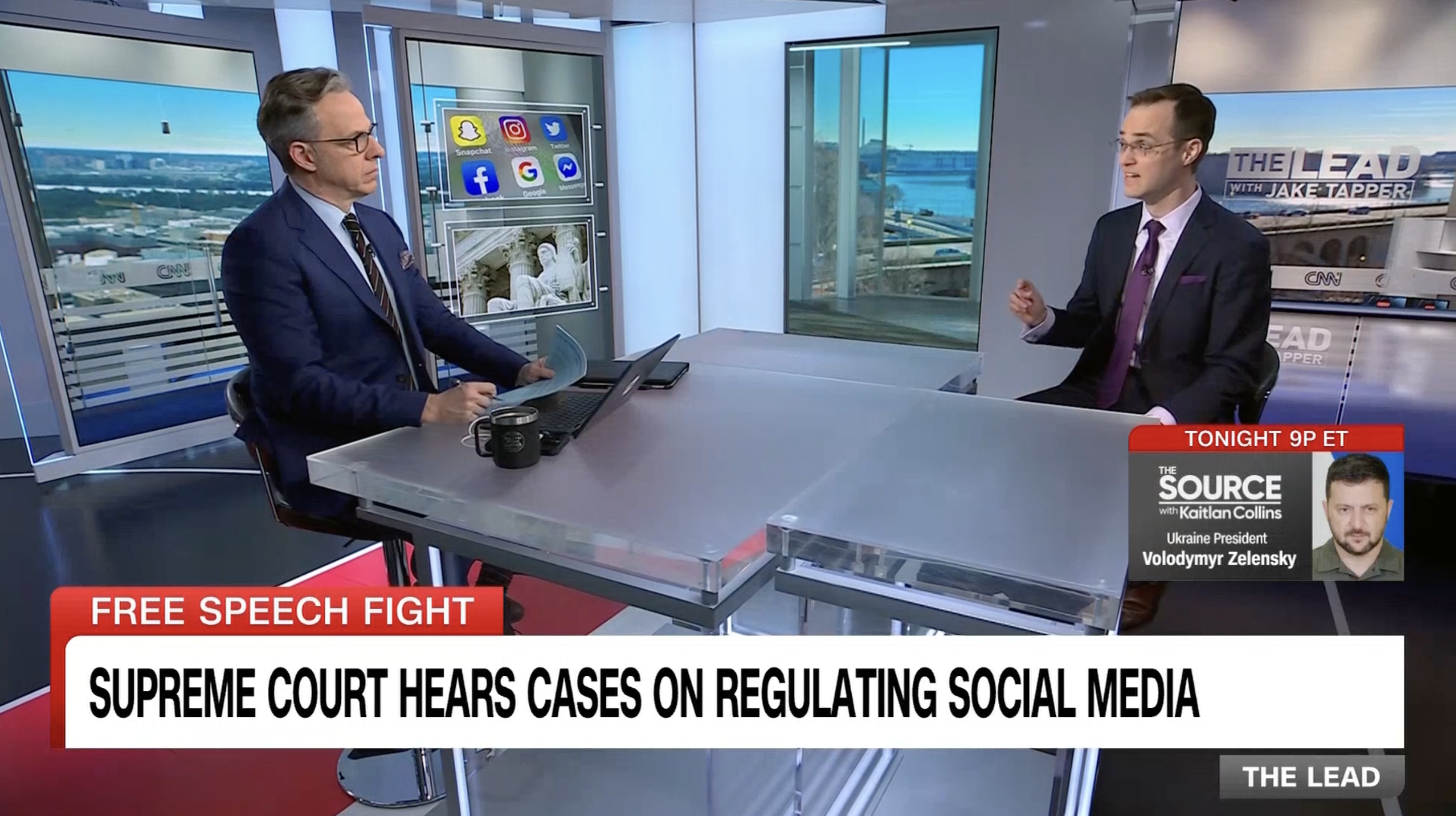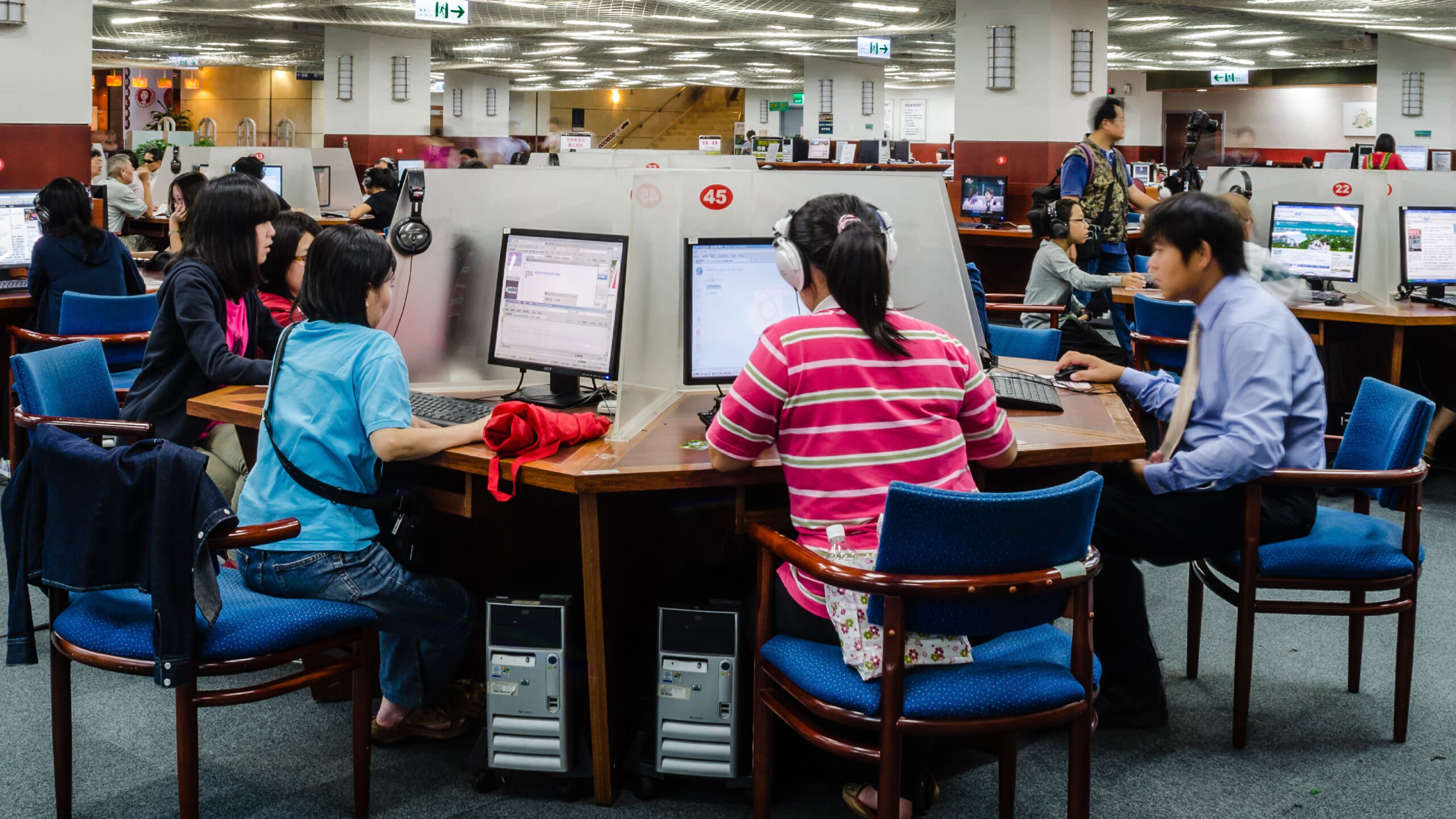Five Disruptive Trends From Trump, Fox and the Internet in This Presidential Election
Between Donald Trump’s unexpected surge to Bernie Sanders’ surprising poll lead in New Hampshire, the politics of the 2016 U.S. presidential election are proving to be nothing like what we were told to expect. The dynastic Clinton versus Bush contest that was preordained by traditional media and the establishment wings of the major parties is looking anything but certain. This can be explained, at least partially, by Internet-powered disruption of traditional political kingmakers (i.e., media and party elders) as another DisCo commentator, Matt Schruers, has cogently observed.
I am not talking here of disrupting the two-party system itself or making Congress a less polarized and more efficient forum, nor about red states and blue states. Instead, I will focus on five more subtle trends that are emerging in this election cycle, beginning with the rather remarkable Republican presidential debate on Fox last week.
- Tough Questions From Debate Moderators
In the days since the Republican debate — which many political professionals predicted would be a 10-candidate snooze-fest — the airwaves have been filled with reporters boasting their job is to ask candidates “tough questions.” That has hardly been the historical model of presidential debates, however. Whether you regard Megyn Kelly’s opening question about Trump’s past remarks concerning women as a “gotcha” or a legitimate inquiry, however, it illustrates that the Republican debate may have incrementally changed the model for debate content. Yes, there were some softballs, but overall the questions were more pointed, and adversarial, than in traditional, single-moderator televised debates. Whether that continues is up in the air. It is at least possible that last week’s debate represents a tipping point, moving presidential debates more into the realm of serious policy discussions rather than mere sound bites and rehearsed one-liners (of which there were still some, of course). At the very least, it is becoming clear that competition from alternative sources of political information, principally Web-based, is forcing traditional media to make their content more compelling. My guess is that the Fox debate will not be the last one in which we witness hard hitting questions as the norm rather than the exception.
- Disruption Without Third Parties
Another trend illustrated by this election cycle, in purely political terms, is that disruption is occurring within the American two-party system, not through third-party candidates. Historically, third-party presidential candidates — from Teddy Roosevelt’s “Bull Moose” party to John Anderson, Ross Perot and Ralph Nader — have done little except siphon votes from one wing of either party in the general election. Yet today, both Trump on the right and Sanders on the left are offering up disruptive influence inside of their respective parties’ primary system. Although the Trump story is well known, yesterday’s front page of the Washington Post led with a story on Bernie Sanders — once lampooned as long shot — and his unexpected popularity. The progressive candidate from Vermont is using technology to disrupt the Democratic primary. And it appears to be working, as he is drawing crowds five times as large as the Clinton campaign, successfully mobilizing grassroots fundraising online, and even benefiting from the social media support of celebrities like comedian Sarah Silverman (who has loudly campaigned for Sanders to her 6.7 million Twitter followers).
On the right, the Internet is also providing channels for those unfavored by the Republican establishment to mount strong challenges. Ted Cruz, who famously called Senate Majority Leader Mitch McConnell a liar and is openly disliked by Republican party leadership, has surged into second place in some primary polling. A strong social media campaign and a robust online fundraising effort are powering his end-run around the Republican establishment. (Not to say he doesn’t have some well-heeled donors as well.)
Whether good or bad, this suggests that future presidential campaigns may well be faced with more disruptive challengers harnessing the Internet when traditional power brokers write them off. (As noted in the next point, the current Administration pioneered that trend, bringing Barack Obama from relative obscurity to the Democratic nomination and the White House.) That being said, the candidates above are still widely considered underdogs, but they are certainly presenting more of a challenge than expected.
- The Internet As a Political Medium
We all recall that President Obama masterfully used what is now termed “crowdsourcing” in his 2008 campaign to connect with, organize and energize supporters. The Republican debate illustrates that the Internet has now become so integrated into daily life that both candidates and voters use it as their primary source for news, research and personal expression. This is illustrated perfectly by Carly Fiorina’s tweet about Trump’s alleged misogynistic remarks and Trump’s “massive headache” response (also on Twitter). And as Vox reports, “Donald Trump Is Winning the Google Primary;” his has been the most-searched for political name on the search engine for many, many weeks. The tech community saw this trend ripen into reality with the 2012 Web-based grass-roots protests that stopped SOPA/PIPA. Now we’re seeing it in politics, too, big time.
Mr. Trump: There. Is. No. Excuse.
— Carly Fiorina (@CarlyFiorina) August 8, 2015
I just realized that if you listen to Carly Fiorina for more than ten minutes straight, you develop a massive headache. She has zero chance!
— Donald J. Trump (@realDonaldTrump) August 9, 2015
- Technology Facilitating Citizen Interaction
One of DisCo’s European contributors has explained that the recent election of David Cameron’s Conservative Party shows how the Internet revolutionized British democracy. The U.S. Republican presidential debate likewise reveals that, with the lessons from Obama’s use of the Internet in mind, technology is now empowering the American citizenry to engage directly with candidates in debates. No, we’re not talking here about scripted, self-selected and carefully-screened “Town Hall” meetings. Instead, it is the use of Facebook to harvest “raw” questions from the general public that set the Fox debate format apart. The result is that it appears the days of candidates getting only canned questions in debates may well be over, as the real-time Web is powering a new way for debates to include direct voter input, far beyond the “instapoll” reaction-tracking charts that have been used to track debate audience sentiment for several election cycles.
- Technology & E-Voting
According to Facebook data, 7.5 million users throughout the U.S. made 20 million ”engagements” with posts, shares, likes and comments about the Republican debate. Some political pundits believe that Facebook’s role in the debate also indicates candidates and their advisors think the social network is “equally important as traditional broadcast networks, but in a different way.” In a broader sense, the question is how technology can not only engage the citizenry, but also help make elections themselves simpler and more accurate and increase the low level of voter turnout in America. Remember the debacle of “hanging chads” in Florida during the 2000 Bush v. Gore election? How much better it would be if votes could be recorded electronically without local election districts having to spend millions on proprietary, dedicated electronic voting machines. With technology such as the OAuth authentication protocol — used by third-party websites to allow logins via Facebook and Twitter — Apple’s Touch ID fingerprint technology and other biometric identifiers, technology now holds the potential to disrupt how elections are conducted and possibly end the current disputes over voter-identification laws. How cool and easy would it be if we all could vote from within Facebook, with a (hopefully private) Twitter post or by using a smartphone app?
Predicting political developments is hard and uncertain. These trends may not actually continue or fundamentally transform American politics, but they bear watching and already have disrupted the norm in U.S. presidential elections. Now if we could only do something about the abysmally long duration of presidential primaries and general elections. That is a subject for the political experts and policy wonks, not this technology blog. We’ll conclude with the old adage that politics lags behind technology — but clearly the gap has closed, and may close more in the future if these five trends continue or even accelerate.








